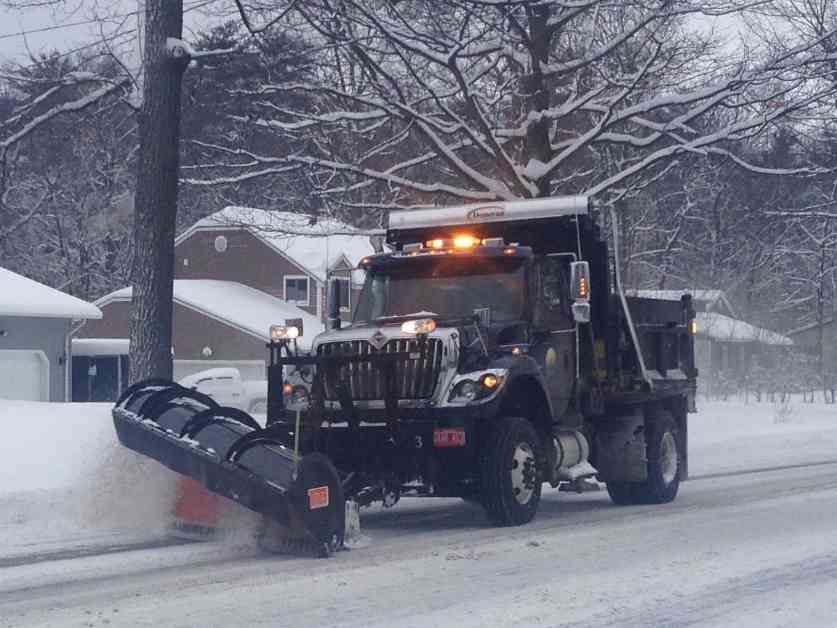Salt, a winter staple for de-icing in Vermont, trickles into streams and lakes come spring, raising alarms among clean water advocates. Chloride, a chemical component of road salt, poses risks to aquatic life and infrastructure. Legislators are now taking action to tackle chloride contamination in Montpelier, confronting the escalating threat to water quality. Advisory committees warn of potential federal regulations on excess chloride in the watershed, prompting lawmakers to address the issue head-on.
Challenges of Chloride Contamination
Bob Fisher, South Burlington water quality superintendent, sounded the alarm before the House Committee on Environment, underscoring the urgency of the looming chloride crisis. The state’s intervention in Sunnyside Brook last year, where chloride levels surpassed legal limits, signifies a growing concern. To combat this, Vermont officials have implemented a plan to curb chloride levels in waterways, setting a total maximum daily load to regulate chloride content.
As chloride levels continue to rise, the Winooski River and Lake Champlain Basin witness a surge in contamination. Environmental organizations emphasize the need for immediate action, shedding light on the adverse effects of chloride on ecosystems. AdkAction’s successful initiatives in the Adirondack Mountains offer a blueprint for cooperative efforts to reduce salt usage. Public-private partnerships and education on salt conservation strategies have proven effective in cutting salt consumption by 50%.
Legislative Solutions and Community Engagement
Senator Anne Watson’s proposal for a state program focused on training salt crews aims to mitigate chloride contamination from road salt. By enhancing education and certification for road salting practices, the program strives to reduce the environmental impact and alleviate financial burdens on contractors and municipalities. The Senate committee’s collaboration with environmental advocates highlights the need for comprehensive measures to address the growing chloride crisis.
Craig Digiammarino, from the Vermont Agency of Transportation, stresses the importance of minimizing salt usage near impaired waterways. Incorporating brine into snow and ice control strategies can significantly decrease chloride levels by accelerating the melting process. However, private salting practices remain a major source of chloride contamination, with experts urging property owners to exercise caution. The Lake Champlain Sea Grant Program provides practical guidelines for salt application, recommending precise measurements to limit environmental harm.
In conclusion, the battle against chloride contamination in Montpelier requires a collective effort from lawmakers, environmental organizations, and the community. By implementing stringent regulations, promoting sustainable practices, and fostering public awareness, Vermont can safeguard its water resources for future generations. As the state navigates the complex challenges posed by road salt pollution, a unified approach is crucial to preserve the natural beauty and ecological balance of the region.



















